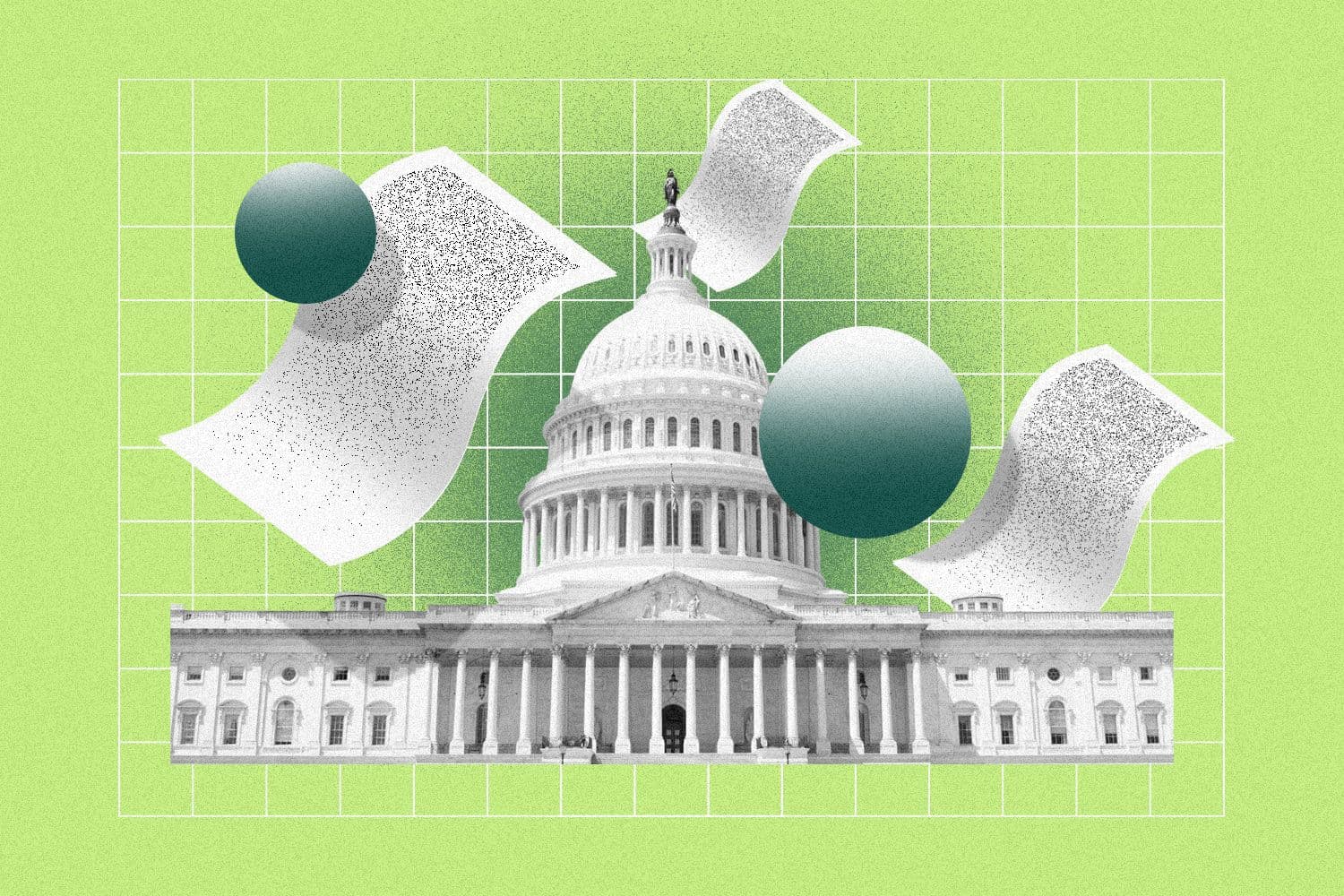Legislative lowdown: EEOC issues final updated workplace harassment guidance
The guidance indicates how LGBTQ+ individuals should be protected from harassment in the workplace, as well as employees working remotely.

Francis Scialabba
• 3 min read
Courtney Vinopal is a senior reporter for HR Brew covering total rewards and compliance.
The Equal Employment Opportunity Commission (EEOC) released final updated guidance on workplace harassment on April 29. This is the first time the EEOC has updated this guidance since 1999; as such, it takes into account a number of events that have occurred since, including a Supreme Court decision concerning discrimination against LGBTQ+ workers, as well as the rise in remote work.
The EEOC prohibits workplace harassment based on protected characteristics, including race, color, religion, sex, national origin, disability, age, and genetic information. The guidance is intended “to bring together the best practices for preventing and remedying harassment and helping to clarify developments in the law,” EEOC Chair Charlotte Burrows said in an April 29 call with members of the media. “Most importantly, it helps employers, employees, and the public understand how, in our view, federal civil rights protections apply in some very concrete workplace situations.”
Considerations for LGBTQ+ workers. In 2020, the Supreme Court ruled that Title VII of the Civil Rights Act protects LGBTQ+individuals in the workplace. The EEOC cited that case, Bostock v. Clayton County, in explaining that “sex-based harassment includes harassment based on sexual orientation or gender identity.”
Examples of behaviors that the EEOC would consider harassment include misgendering a worker, i.e., using a pronoun that doesn’t align with their “known gender identity,” or keeping an employee from accessing a bathroom that’s consistent with their gender identity.
Harassment isn’t limited to physical workspaces. The number of employees who spend at least some days working from home has increased since the EEOC last updated its harassment guidance 25 years ago. The EEOC’s guidance makes clear that harassment can occur within virtual as well as physical work environments. This means conduct that occurs on an employer’s email system, videoconferencing, or social media accounts can contribute to a “hostile work environment.”
Quick-to-read HR news & insights
From recruiting and retention to company culture and the latest in HR tech, HR Brew delivers up-to-date industry news and tips to help HR pros stay nimble in today’s fast-changing business environment.
If an employee sent jokes to colleagues involving racial stereotypes from his work computer and email, for example, this behavior would be considered as taking place within the work environment, according to the EEOC.
Social media activity can contribute to workplace harassment, even if it doesn’t occur on an official workplace account, provided it impacts the workplace, the EEOC said. For example, if an employee targeted an Arab American employee with ethnic epithets on their personal social media page, such a posting could “contribute to a hostile work environment based on national origin.”
What employers should know. While the EEOC’s workplace harassment guidelines aren’t “legally binding,” according to the Washington Post, they’re likely to affect how courts decide cases involving anti-discrimination laws, Christopher Ho, director of the National Origin and Immigrants’ Rights Program at Legal Aid at Work, said.
“Numerous courts, including the Supreme Court, have said: Because these guidelines are based on the expertise and careful reasoning of the agency that’s charged with enforcing anti-discrimination laws, they’re to be given deference by the courts,” Ho said.
Quick-to-read HR news & insights
From recruiting and retention to company culture and the latest in HR tech, HR Brew delivers up-to-date industry news and tips to help HR pros stay nimble in today’s fast-changing business environment.